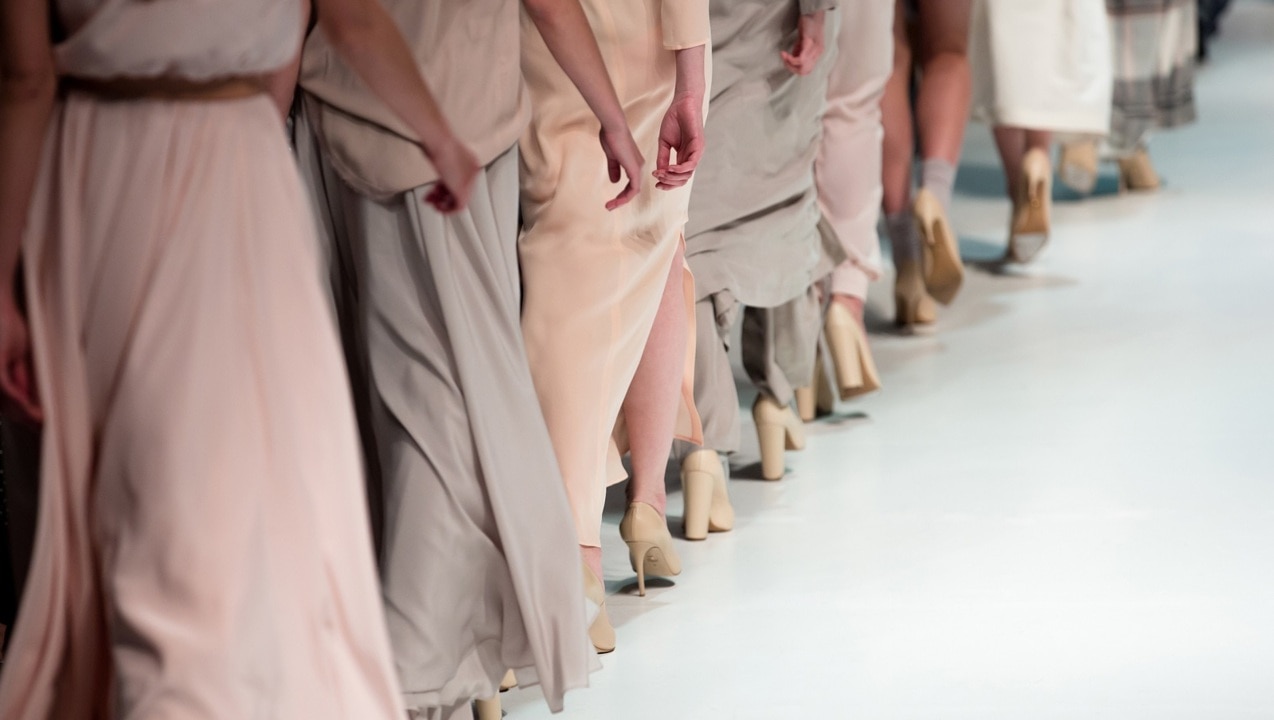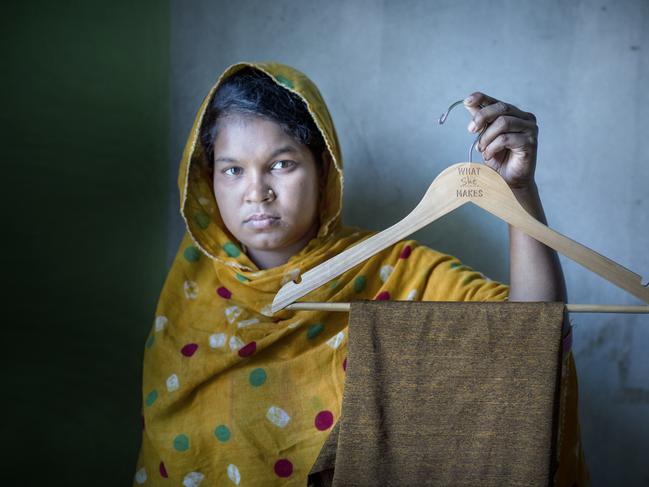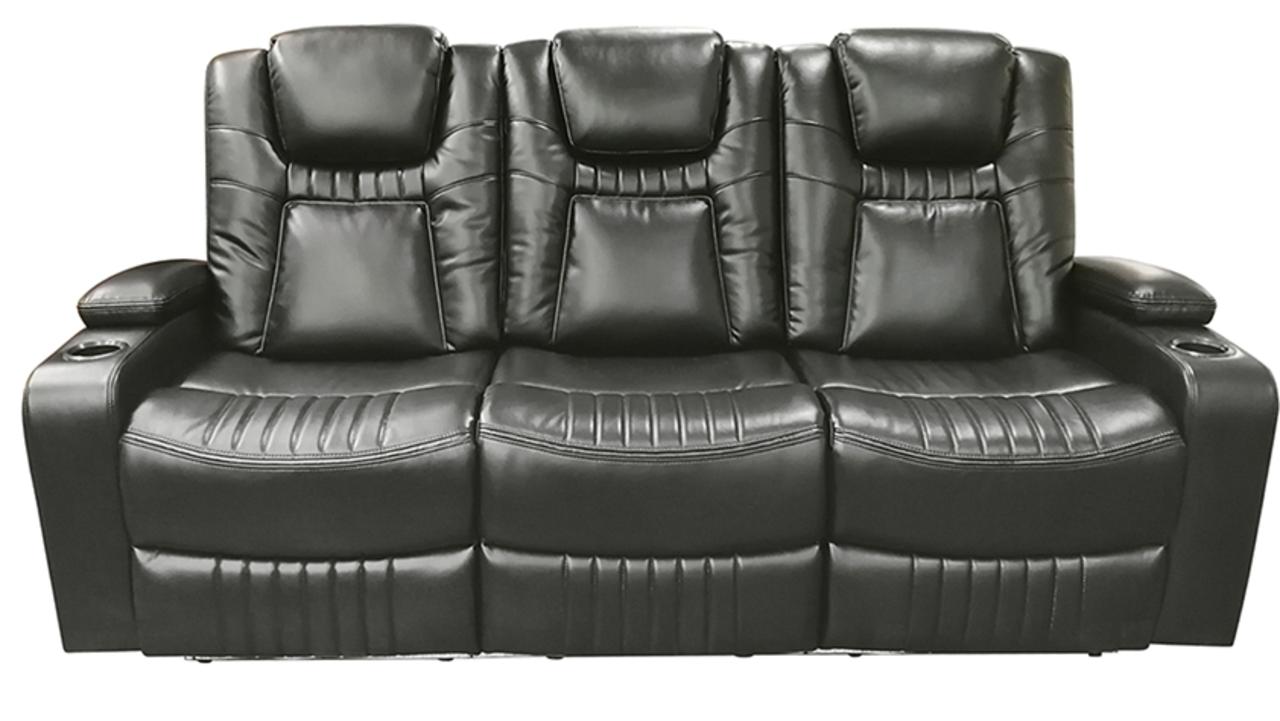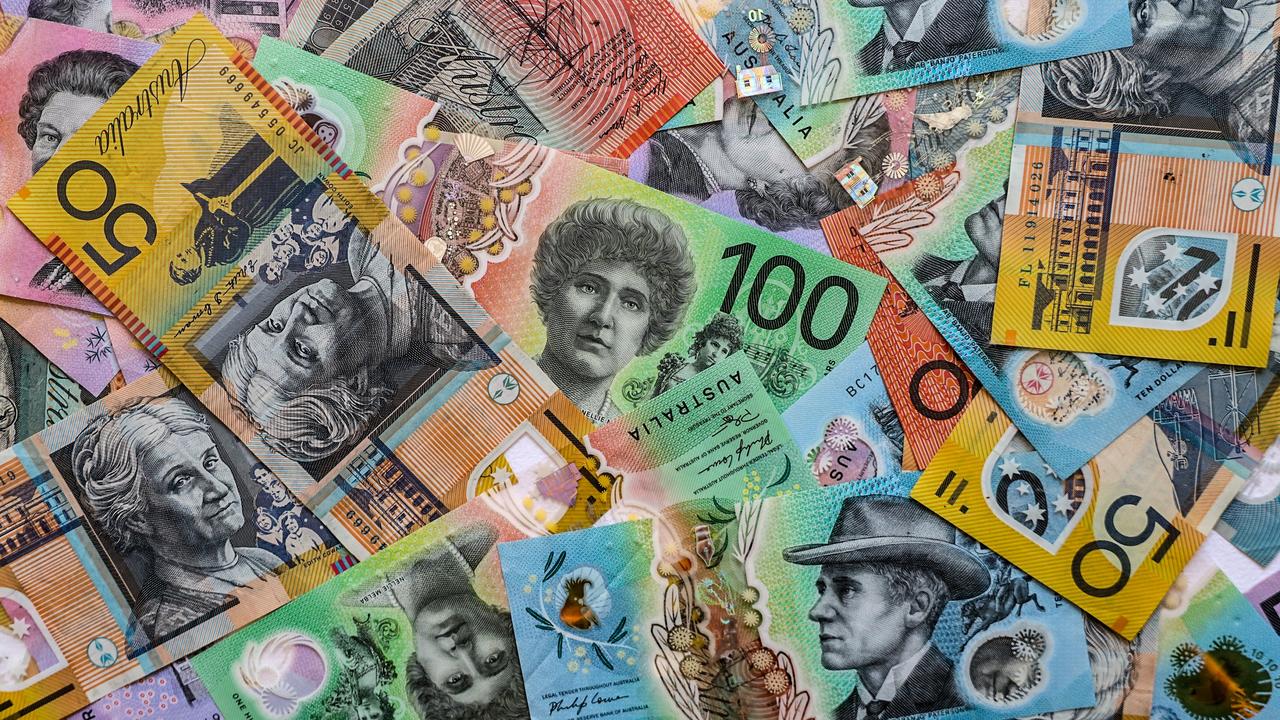Why some of Australia’s fashion labels aren’t so local anymore as we struggle with manufacturing
Some of Australia’s biggest fashion labels are being manufactured overseas where workers are paid poorly. See if the labels you wear are included.

Retail
Don't miss out on the headlines from Retail. Followed categories will be added to My News.
They are three of Australian fashion’s biggest success stories – Jodhi Meares’ The Upside, Pip Edwards’ PE Nation and Lorna Jane Clarkson’s Lorna Jayne – but none of the celebrity-backed brands make their clothes locally.
Other household names including Cotton On, Kmart and Target also make all their clothes offshore as they seek rock-bottom manufacturing costs that allow them to sell T-shirts for as little as $5.
The flight of fashion overseas is part of a decades-long trend that’s devastated Australia’s manufacturing sector, with factory after factory making everything from cars to clothes to fertiliser shut down.
Since 2006, the number of mining jobs has doubled but the number of manufacturing jobs has shrunk by 25 per cent, according to an analysis of Census data by high tech company Conry Tech.
A never-ending effort to slash costs has seen manufacturing flee first to China and now increasingly to as far away as Bangladesh, where a worker in a T-shirt factory can earn as little as $110 a month.


The Upside says it is “committed to upholding human rights, fair working conditions and mitigating modern slavery”, Lorna Jane says it will pay “a living wage for all involved in the manufacture of our products” and PE Nation says its goals include “a living wage, and dignity for all, free from exploitation and abuse” for workers making its garments.
Experts said the long-term decline can be reversed and Australia can become a hi-tech manufacturing hub – but only if the country is prepared to pay for it.

Earlier this year, BOC announced plans to shut Australia’s only helium plant, near Darwin in the Northern Territory when it runs out of gas.
The plant, which opened only in 2010, uses gas from fossil fuel giant Santos from a nearby offshore field that is close to the end of its productive life.
In December Incitec Pivot closed a plant at Gibson Island, near Brisbane, that produced the fertiliser ammonia and employed about 170 people, due to skyrocketing gas prices.
Incitec Pivot and Andrew “Twiggy” Forrest’s Fortescue Metals are investigating whether the site can be used to make green hydrogen and ammonia.
In the rag trade, the biggest single blow came in 2009 when Pacific Brands, the owner of famous Australian brands including Bonds, Razzamatazz and Jockey, shut its Australian factories at the cost of about 1850 jobs.
Pacific Brands was taken over by US giant Hanes in 2016 and now makes its clothes in Vietnam, Thailand and Indonesia.
While China was initially the favoured source for fashion labels looking for ever-cheaper products, rising wages have seen companies look not just to the likes of Vietnam but further afield to dirt-poor Bangladesh.
Aussie brands that admit to sourcing from Bangladesh include Cotton On, Country Road and Kmart – but it can also revealed that Just Group, which keeps the manufacturers of brands that include Dotti and Peter Alexander a closely-held secret, also buys clothes from a factory in the country’s capital, Dhaka.
See where your clothes are made in our map below:
Rumi, a 21-year-old Bangladeshi woman who works for a factory that makes clothes for Cotton On, said she gets paid 8000 taka (about $110) a month to put together T-shirt parts, or 10,000 ($140) if she does overtime.
“Our salary is not enough,” she said. “Prices of sugar, salt, and rice have increased, and the raw food market becomes expensive … My salary is not enough to run the family, and when I get sick, I cannot afford proper treatment.”
Cotton On says suppliers are required to pay workers “at least the minimum national standard or collective bargaining agreement” and it has a program in place to move suppliers from paying minimum wages to paying living wages.

Oxfam Australia’s economic justice lead, Nayeem Emran, said that although many brands were now disclosing where their clothes came from and committed to paying workers a living wage, more still needs to be done to protect them from sexual harassment and dangerous conditions.
Galloping inflation “cannot be an excuse to ignore human rights and allow people to suffer in the supply chain,” he said.
Not all Australian companies have fled to the dusty backstreets of Dhaka.
Sam Ringwald says he has been “foolishly patriotic” by returning to Australia after 20 years overseas to set-up Conry Tech, which is working on new airconditioning systems that promise to slash power usage.
He said getting the money needed to bring ideas to market was too hard in Australia and both the government and the private sector needed to step up by tipping cash into R & D projects.
“There’s still some amazing businesses, I always say if you can’t find it in Bayswater, which is a suburb in Victoria, then it probably doesn’t exist,” he said.
“But unless the local manufacturing ecosystem builds up and leverages that more, eventually it’s going to make sense for them to just go closer to where their market is.”
WHY AUSTRALIA CAN’T MANUFACTURE MORE
Comment by Daniel Petrie
Smaller orders, high-valued and specialised product offerings provide a narrow pathway to manufacturing success in Australia as property availability, surging electricity prices and higher wages weigh heavily on profitability.
The days of manufacturing being the biggest employer nationally with more than a million workers are over.
Over a 20-year period, manufacturing jobs have fallen from 1.063 million in 2003 to 879,200 in 2023; a loss of 184,500 roles and the biggest declining sector among the 19 reported by the Australian Bureau of Statistics (ABS).
Complexity in regulation, three levels of government with differing laws across states, electricity pricing that rivals the most expensive in Europe and labour laws where the minimum wage at $23.23 per hour is one the highest in the world are well documented in the last ten years especially.
The decision by General Motors to close Holden’s manufacturing plant in Australia a decade ago was simply because despite government subsidies, Holden still lost money.
Since 1999, manufacturing has fallen from the nation’s biggest employer to the seventh largest and set to fall to eight as the number of individuals working in public administration are on track to reach 900,000 by the end of the year.
Wholesale trade, agriculture and the telecommunications sector including information technology were the only categories that had fallen over the same period while Australia’s ageing population has underpinned growth in a health care sector now employing more than two million people.
Australia’s productivity challenge has meant the flow of manufacturing jobs offshore has only gathered pace in the last decade according to data compiled from the Australian Bureau of Statistics.
Despite raw material availability, the transition to high quality manufacturing jobs may yet prove to be too difficult for Australia’s political leadership.
Originally published as Why some of Australia’s fashion labels aren’t so local anymore as we struggle with manufacturing



